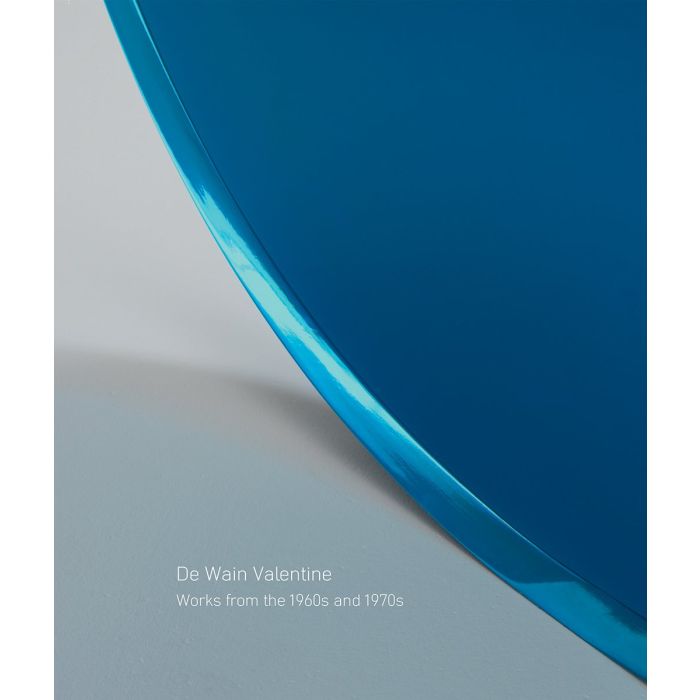My Cart
Your cart is empty
Looks like you haven't made your choice yet.
- Subtotal
Dewain Valentine

Works from the 1960s and 1970s
- T & H Distributed
- by Robin Clark
More Information
| Publisher | T & H Distributed |
|---|---|
| ISBN | 9781941701201 |
| Author(s) | Robin Clark |
| Publication date | March 2016 |
| Edition | Hardback |
| Dimensions | 292 x 247 mm |
| Pages | 96 |
| Language(s) | Eng. ed. |
Description
A key member of the Light and Space movement in Los Angeles during the 1960s and 1970s, De Wain Valentine is distinguished in particular by his in-depth understanding of synthetic materials and his ability to transform industrial products into artworks that investigate the seductive power of light, transparency, reflection, and surface. Published in conjunction with his critically lauded 2015 exhibition at David Zwirner, New York, De Wain Valentine: Works from the 1960s and 1970s focuses on the artist’s pioneering achievements in polyester resin. A new scholarly text by Robin Clark on Valentine’s production from this period details his personal history and his innovations with this material. Influenced by the vast California landscape, he was initially confronted with material limitations: at the time, polyester resins could not be poured in volumes exceeding fifty pounds. Not willing to accept this restriction, Valentine partnered with Hastings Plastics in 1966 to create an entirely new resin that could be cast in larger quantities. The resulting material, known as Valentine MasKast Resin, allowed the artist to dramatically increase the scale of his work. With its inherent ability to contain and reflect light, while maintaining a powerful luminous dimension, polyester resin would form the foundation of Valentine’s practice. The catalogue includes rich color plates of Valentine’s “Columns,” corporeally scaled sculptures cast in colored polyester resins that recede from a wider base up to a narrow tip; his “Circles,” 6-foot discs that display not only the artist’s mastery of geometrical form, but also highlight his command of color in sculpture; and a selection of the artist’s smaller forms—rings, discs, and double pyramids. The catalogue also features extensive documentation of Double Column Gray (1975– 1976), two massive, identical columns that each stand twelve feet tall. Originally executed for Baxter Travenol Laboratories’ in Deerfield, Illinois, Valentine had conceived of two immense vertical columns standing side by side, but because of architectural limitations, Valentine was forced to install the two slabs on their sides. Forty years after its initial conception, the exhibition at David Zwirner represented the first time this work was presented in its intended configuration.

Dewain Valentine
